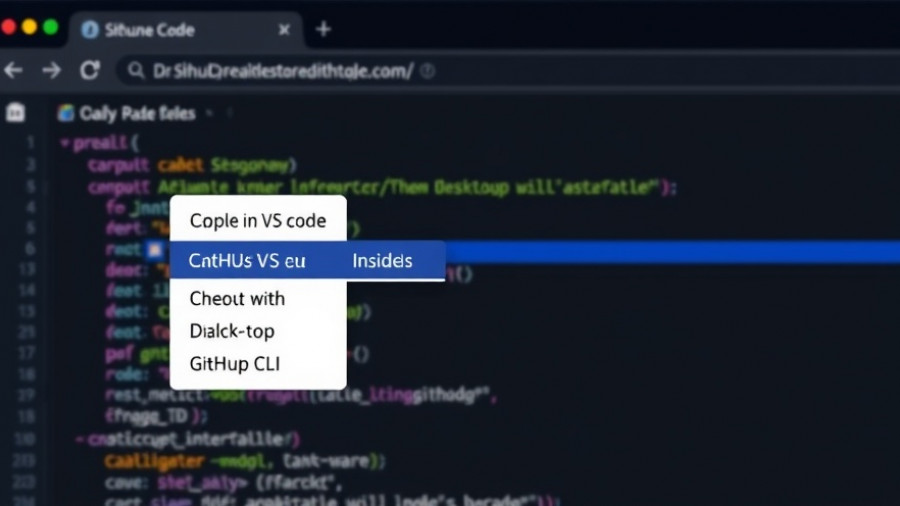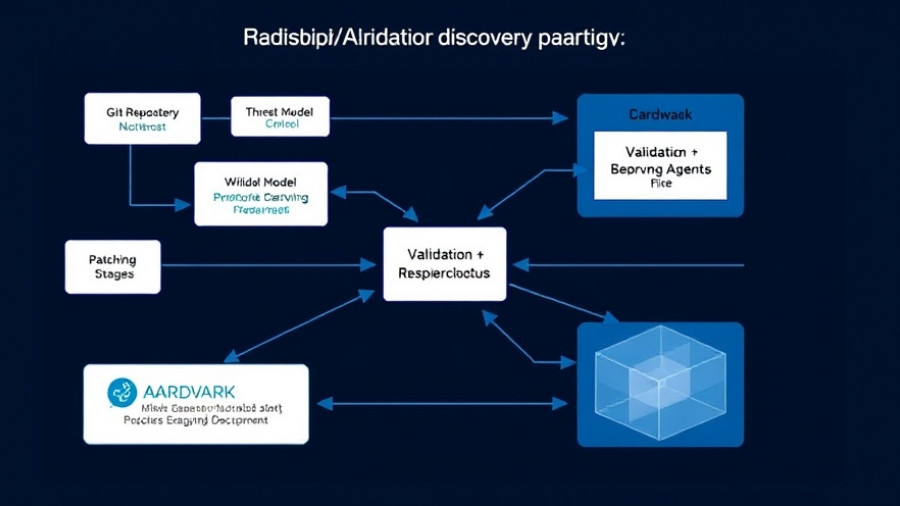
Unpacking the Potential of AI Agents in Networking and Security
Artificial intelligence (AI) has been a buzzword for years, but the emergence of AI agents has elevated the conversation to new heights, guiding engineers and organizations alike in their quest for enhanced networking and security. Defined as autonomous software systems, AI agents can sense their environment, make informed decisions, and learn from experiences. These capabilities empower them to tackle challenges ranging from monitoring network health to defending against cyber threats.
Expectation vs. Reality: What Engineers Really Want
In recent surveys conducted within the Cisco DevNet community, a clear picture emerged regarding the expectations for AI agents in networking and security. Notably, 37% of respondents expressed a desire for configuration automation. The key takeaway? Engineers are seeking AI solutions that simplify the often complex landscape of network management.
Following closely behind, 32% of votes highlighted the demand for network monitoring agents. It’s clear that professionals are looking for tools that deliver critical operational insights and performance tracking, which can significantly streamline processes and increase productivity.
The Role of AI Models in Shaping Future-ready Agents
When it comes to the design and framework of AI agents, selecting the right AI model is paramount. The landscape is varied, with models such as Gemini 2.5 Pro and Foundation-Sec-8B emerging as frontrunners. These models not only allow for advanced reasoning but also integrate specific functionalities tailored to networking and cybersecurity. However, as engineers lean towards more operational solutions, there is still work to be done in aligning these advanced models with practical applications.
Bridging Expectations with Available Solutions
Despite the clear demand for certain AI capabilities, there's a noticeable gap between expectation and reality. While the survey results indicate a desire for operational tools, many existing AI agents focus on development rather than infrastructure management. This presents an opportunity for developers and organizations to pivot and innovate in order to meet the voiced needs of engineers.
Real-world Application: How AI Agents Enhance Security
Beyond operational tasks, AI agents demonstrate a significant role in security. With 22% of survey participants advocating for threat detection capabilities, there's an evident recognition of the need for sophisticated security solutions in an increasingly vulnerable digital landscape. AI agents can not only detect anomalies but can also thwart attacks in real-time, enhancing the security posture of organizations.
Actionable Insights: Moving Forward with AI Agents
As organizations lean into the adoption of AI agents, understanding their needs and preferences becomes crucial. Investing in AI agents that prioritize configuration and monitoring can lead to increased efficiency and security. Additionally, collaboration between AI developers and network professionals is essential to ensure the development of models that align with real-world applications.
So, how can you leverage AI agents in your work? Start by identifying specific pain points within your network management and security protocols. This could be the first step toward a seamless integration of AI-driven solutions.
Final Thoughts: The Future of AI Agents in Tech
The evolving landscape of AI agents presents exciting opportunities for networking and security professionals. As the technology develops, engineers have the chance to harness powerful tools that can transform everyday tasks and enhance security measures. The challenge now is to ensure that expectations align with reality, paving the way for innovation and positive change in the industry.
For those eager to dive deeper into the potential of AI agents, consider connecting with your local tech community or exploring educational opportunities that focus on AI integration in networking and security.
 Add Row
Add Row  Add
Add 




Write A Comment